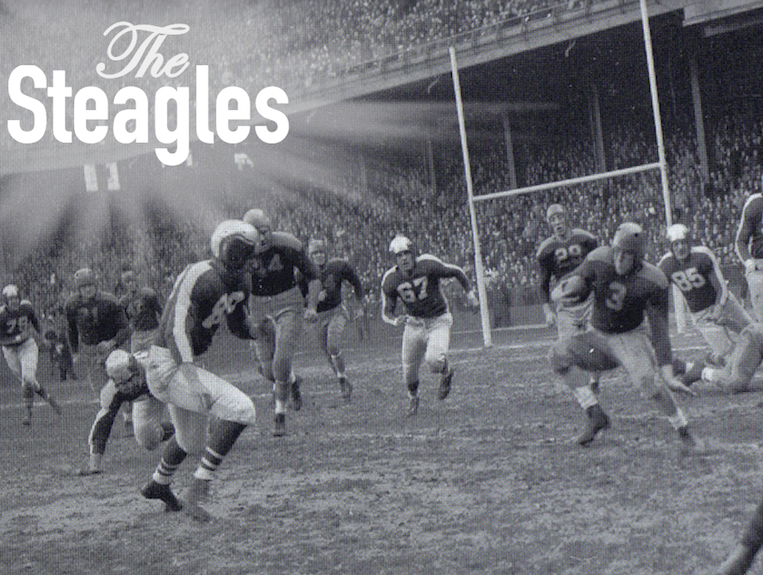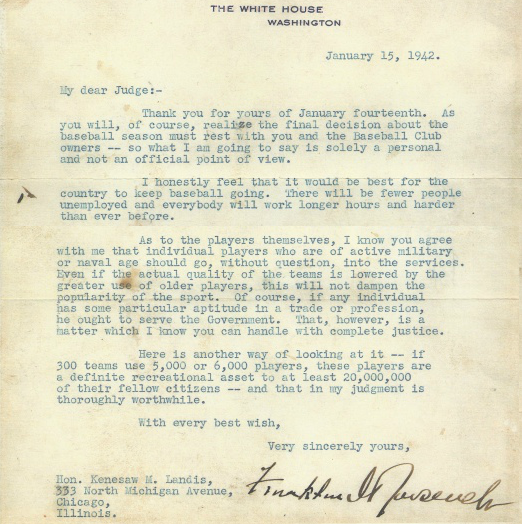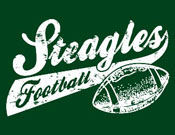When the US first entered WWII, almost every able-bodied man volunteered for the military or was drafted. That included the rosters of all of the NFL teams. The resulting diminished rosters led, among other things, to a combined Steelers and Eagles team called the Steagles.
Read the whole thing at Priceonomics - excerpts below:
On December 8, 1941, the day after Japanese forces attacked Pearl Harbor, President Roosevelt delivered his famous “Infamy” speech to a radio audience of 100 million Americans. Thirty-three minutes later, Congress officially declared the United States’ entry into World War II.
The previous year, the U.S. Government had signed into law the Selective Training and Service Act, which required all men between the ages of 21 and 36 to register for one year of military service, as selected by a national lottery. Following Pearl Harbor, this act was amended: eligible ages expanded from 18 to 64, and the required service became “the duration of the war, plus six months.”...
As teams' rosters diminished in size, a serious question arose: should professional sports continue during a time of conflict and war? Here's FDR's response to baseball commissioner Kenesaw Landis's when that question was raised: it's since become known as the “Green Light Letter”, and the NFL figured that it applied to them, too:
When the 1943 season began, some 600 players and coaches — more than half of the entire league — had joined the armed forces. As a result, the Cleveland Rams, which had lost not only most of its players, but its majority owner to the draft, suspended play for the season, leaving an uneven 9 teams in the NFL, many of which were shorthanded.
As a result, one of the strangest things in NFL history happened: two interstate rival teams -- the Philadelphia Eagles and the Pittsburgh Steelers -- were merged. The result? A gaggle of World War Two draft rejects dubbed the “Steagles.”
Bill Hewitt was excused from military service for a “perforated eardrum” and served as the Steagles’ defensive end during the 1943 season... Other Steagles players faced more pressing medical problems: Tony Bova, the receiver, “was completely blind in one eye and partially blind in the other. Two of his teammate, Ed Michaels and Ray Graves, were entirely deaf in one ear. John Butler, who, as tailback, was required to run dozens of offensive lines per game, had arthritis in his knees. In a wide variety of respects, the Steagles team was riddled with ailments.
“There were guys with bad eyes, bad knees, bad backs, punctured eardrums -- things that could get you out of service, but not an NFL game,” retired player Joe Horrigan told ESPN. “A manpower shortage caused teams to hire players who were old, overweight, not otherwise qualified to be professional athletes.”
Here's a brief video:
And an un-embeddable longer video at NFL.com.
Read the whole thing at Priceonomics.



No comments:
Post a Comment